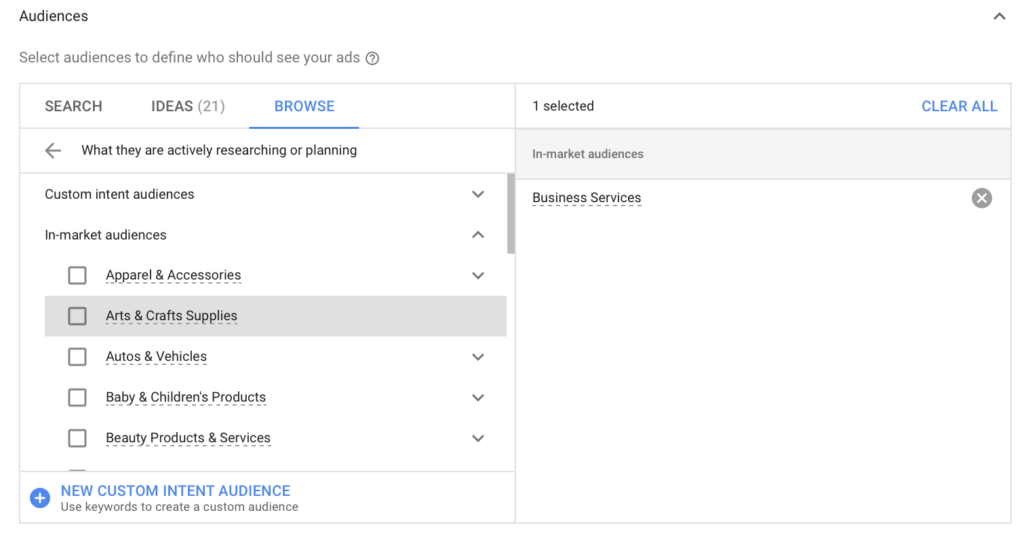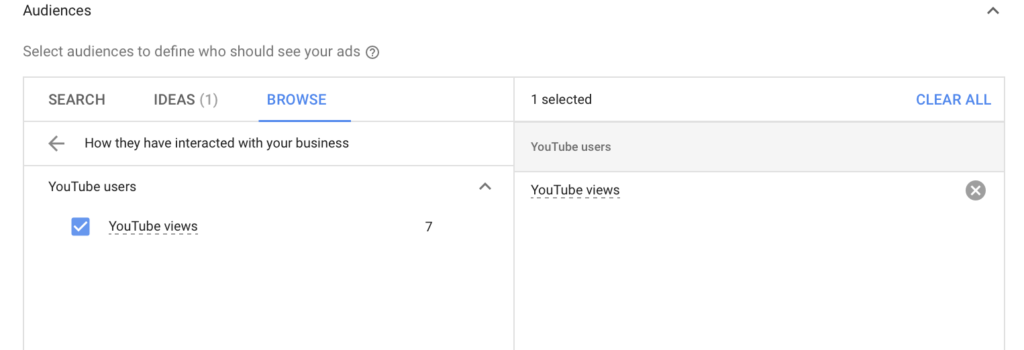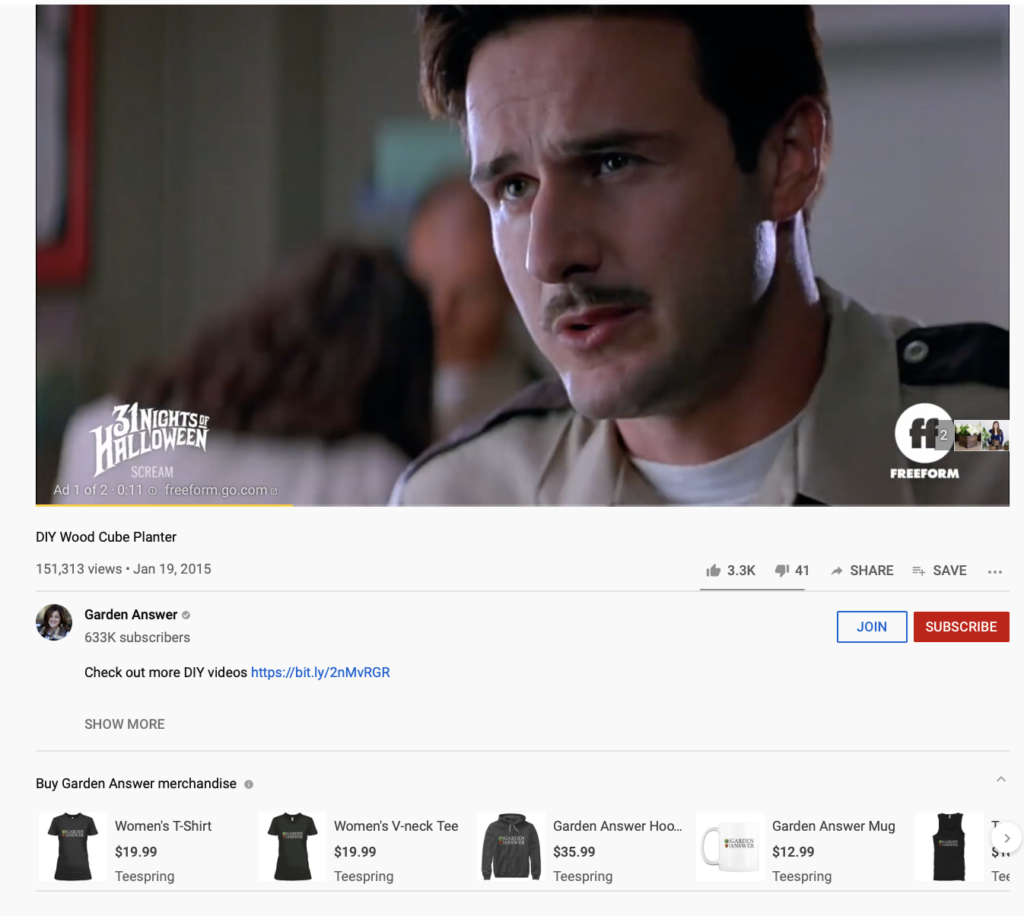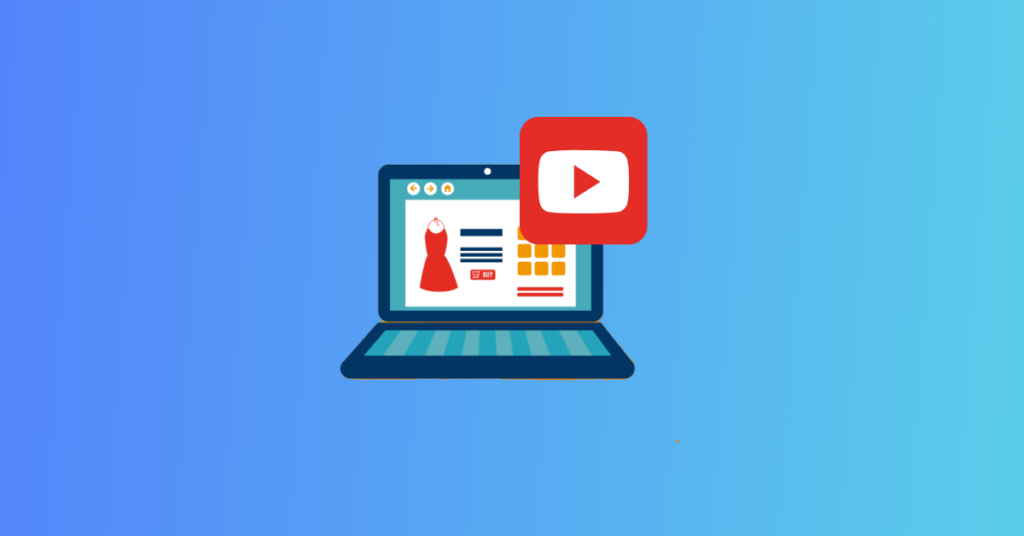With so many ad platforms to choose from, YouTube often gets overlooked. This isn’t hugely surprising since most of the focus seems to be put on Facebook Ads and Google Ads by many advertisers.
Neglecting YouTube Ads, however, is the last thing that you want to do. It’s a versatile platform, giving you diverse options for how to connect with your target audience, a lot of creative flexibility, and incredible reach potential. This ad system isn’t nearly as intimidating as it might seem at first, and it comes with strong marketing opportunities.
These factors combined give you the powerful opportunity to reach your audience and drive revenue at every stage of the sales funnel effectively, and in this post we’re going to show you exactly how to do that.
Why YouTube Ads?
There are a lot of reasons why more brands should be turning to YouTube Ads. These include:
- The cost. YouTube Ads as a platform can be almost ridiculously cheap, especially considering you’ve pretty much got a hostage audience. We’ve seen views for as little as $0.01 per view. It’s hard to do much better than that, so take advantage.
- It’s part of Google’s Ad system. Google Ads is a powerful system all on its own, which means that YouTube has great support and strong data and targeting capabilities, including strong retargeting options that allow you to connect with users at more stages of the funnel.
- There’s outstanding reporting. YouTube has on-point analytics and reporting data, giving you great insight into exactly how effective your campaigns are. This includes the brand-lift assessments, which shows the direct impact your ad campaigns have on brand awareness and recognition.
- The wide and diverse audience base. More than 1 billion hours of video are watched daily on YouTube thanks to the platform’s 2 billion monthly active users who are all pretty diverse in terms of demographics like age, location, language spoken, and more. You can reach almost anyone you want to, which is a big asset.
- You’ve got a built-in audience. When people are on YouTube, they aren’t just idly browsing through a feed and need to be tempted to stop scrolling; they’re there to watch content. If they click on a video and your ad plays, the intent to see that video is high, so you’ve got a captive audience who is paying attention.
Why You Need Funnel-Specific Campaigns
One thing that I’ve noticed that a large number of advertisers forget about when it comes to marketing is that it’s not enough to have a single great ad; for true success, you need to set up marketing funnels that appeal to users at different stages of the buyer’s journey.
Users who have never heard of your brand, for example, wouldn’t convert on an ad designed to upsell users on an upgrade who have been purchasing from you from years, and long-term customers don’t need to see the video equivalent of Your Brand 101.
For sales funnels to work, you must create specific content that resonates with– and is relevant too- users at all stages of the digital sales funnel.
Top of The Funnel Strategies For New & Cold Audiences
Top of the funnel strategies are designed to introduce your brand to new, cold audiences who aren’t familiar with you yet. The idea is to get your business, your product, or your service on their radar and at least capture a little interest. These users won’t be ready to purchase yet, but that’s ok.
The following video is a great example of top-of-the-funnel content, introducing people to Moroccanoil’s hair products with an interesting, attention-grabbing way while showing what the product can do, appealing to people who love to invest in their haircare and try something new.
Using TrueView ads– which play before relevant videos– is a solid strategy. These ads allow users to opt out after a set number of seconds, and the advertiser only pays when viewers watch for at least 30 seconds or until the end of the video, whichever is shorter.
These ads are great choices for top of the funnel for this reason: You’re having content appear before videos your audience is interested in, and if you’re able to keep people engaged, they watch and you leave an impression. If they skip, they still might take away some brand awareness, and you don’t have to pay.

For TrueView ads, we recommend using In-Market audiences. This is an Audience Insights tool that has 500 market lists. Upload your existing customer list, and then see which ones are those most similar to your current customers. Once you do this, you can target cold audiences with this information.

Custom intent audiences are also a strong choice here, which allows you to target users who are actively researching certain keywords. If you’re trying to sell painting supplies, for example, you might target users who are researching phrases like “how to paint” or “painting tutorial.”

YouTube’s search and discover ads are also a great choice, because they allow you to utilize both targeting-based strategies or keywords. You can use the same in-market audiences for discover ads, and target strategic keywords for each video ad for search ads.

If you aren’t sure what to bid on, keyword research can help for general terms, but also bidding on top competitors’ brand names (like “Haverty’s furniture reviews”) or product keywords can help you reach high-intent audiences who are in the research stage of the buyer’s journey.

Middle of the Funnel YouTube Strategies for Warm Audiences
Middle-of-the-funnel, warmer audiences are typically in the research or consideration parts of the buyer’s journey, and can include the following:
- Those who have visited your site but haven’t converted
- People who have watched your first branded videos all the way through
- Audiences who have expressed interest and maybe even added products to their cart but didn’t convert
TrueView Ads are a good choice again here for longer content that’s designed to appeal to pain points or emotional appeals, getting users closer to converting.
Bumper ads— which are only six seconds long and non-skippable– can also work well.
Help Viewers Select A Product
One great strategy for the Middle of Funnel is to promote a video which helps shoppers make a decision about what product to buy.
Boom by Cindy Josephs does a great job of that with this video:
User-Generated Content
For warm audiences, including some form of user-generated content (UGC) can be a powerful persuasion tool that can get viewers closer to converting.
UGC is the most trusted form of media, so even if you’re just letting a customer tell their story like in the example below from L’Oreal, it can potential customers how real people are using your product and how they can, too. You want them to see the potential.
When it comes to targeting, utilize the Video Viewer Audience option, allowing you to retarget users who have watched a branded video designed to attract top of the funnel audiences. This keeps them moving through the funnel accordingly.

Lower Funnel Strategies for Hot Audiences
Hot audiences are so valuable because they’re so close to converting.
These can include users who have subscribed to your channel, watched videos from earlier stages of the funnel, or even those who signed up for your email list. Perhaps most importantly, it should also include those who recently viewed specific product pages or added products to their cart can be included in this audience, too.
It’s important to always have retargeting campaigns running to appeal to hot audiences who only need a nudge to convert.
We’ve found that using short UGC-oriented videos that are 30-seconds or less in two different ad formats seemed to be the winning strategy to drive sales. Those ad formats were TrueView for Action campaigns, and Shopping campaigns.
TrueView for Action campaigns are similar to traditional TrueView campaigns, but they also come with clickable CTAs below the video, headline text overlays, and end screens to your ads. They can be created using the “Website Traffic” or “Leads” goals when creating your ads.

Image source: Think with Google
A nice bonus with the Action ads is that even if the skip the pre-video ad, they’ll still see the banner ad on the page with a CTA that can be clicked, giving the ad more visibility.
TrueView Shopping Campaigns can also be extremely effective here, showing product feeds to a retargeted audience below the video’s description.

They’re connected to your product feeds, and you can set up dynamic campaigns that show specific videos to users who visited individual product pages (or product categories), keeping the content extremely relevant to each individual viewer.
For best results, you’ll want to start with their most popular products.
When in doubt, remember that you can always add relevant value-based offers in your campaigns and utilize coupon codes for niche audiences to convince users to finally convert. Adobe does this here:
How to Track The Success of Your YouTube Campaigns
No matter what your goals are when it comes to YouTube campaigns, you want to keep an eye on key metrics that will help you evaluate their success.
Branding can be a valuable goal with these ads, but we’re a performance-focused agency, so we strongly believe that the most important metrics are those that indicate the ROI potential of your ads.
The key metrics we watch most include:
- Cost per view. How much is each view costing you? This will help you assess how profitable your campaigns are.
- CTR. How many people are clicking on your ads’ CTA? Click-through rate (CTR) indicates relevance, and if you aren’t getting clicks, you’ll never get conversions.
- ROAS. Return on ad spend tells you how much profit you’ll see in return for each dollar spend on the advertising campaign.
- Earned actions. Earned actions can include clicks but also new channel subscribers or engagement. This metric can also indicate relevance.
- Conversion rate. How many people are clicking from the ad to the landing page and then converting? Whether you’re optimizing up for booked appointments, lead magnets downloaded, or purchases, you want to see high conversion rates.
Google Ad’s native dashboard will be able to give you most of this information, and as long as you’ve got tracking set up on your site, you should be able to track your conversion rate fairly accurately.
Final Thoughts
YouTube Ads can be a valuable asset, so consider adding it to your marketing mix if you haven’t already. Keep in mind that most advertisers have at least some videos on hand that they’re already using to create Facebook Ads, and many (if not all) can easily be repurposed for YouTube.
As you’re creating your campaigns, break them down into the target funnel stage, and remember that the more relevant the campaign is, the better the results.
Need help running your social ad campaigns? We can help. Learn more about what we can do for you here.


Sales funnel is an important part of the business. To run our business nowadays online, sales funnel is best to work on. Cause, sales depend on its sales strategy or on the sales funnel. Well, I must say that It was really a good read on this topic! It’s good to see someone put forth recommendations on sales funnel tips & tricks. As you point out, there are plenty of tricks & strategies. Great selection! it was very useful. Thanks for putting top-notch content in the article. It will encourage entrepreneurs to work more effectively and gain potential results from it. I would like to be here again to find another masterpiece article.